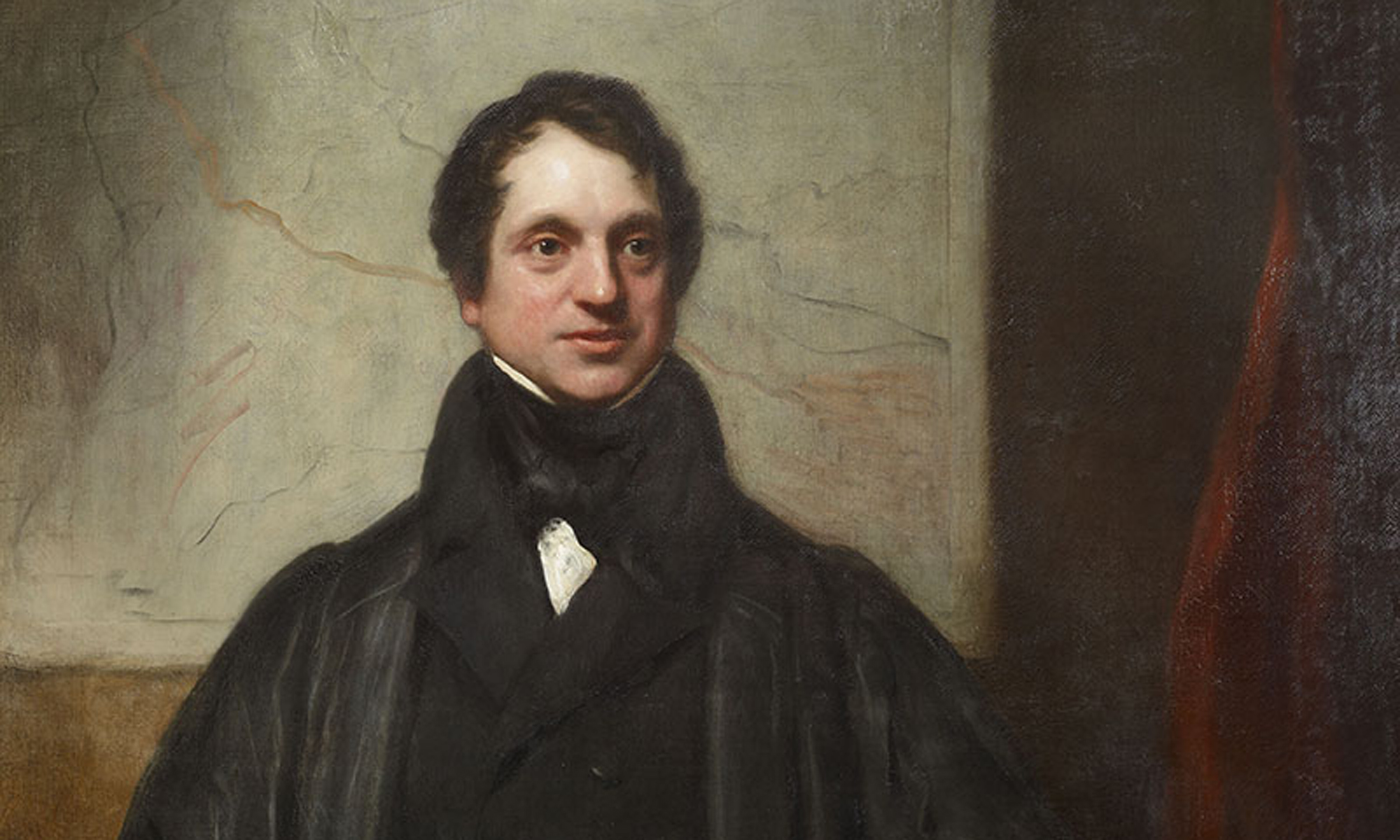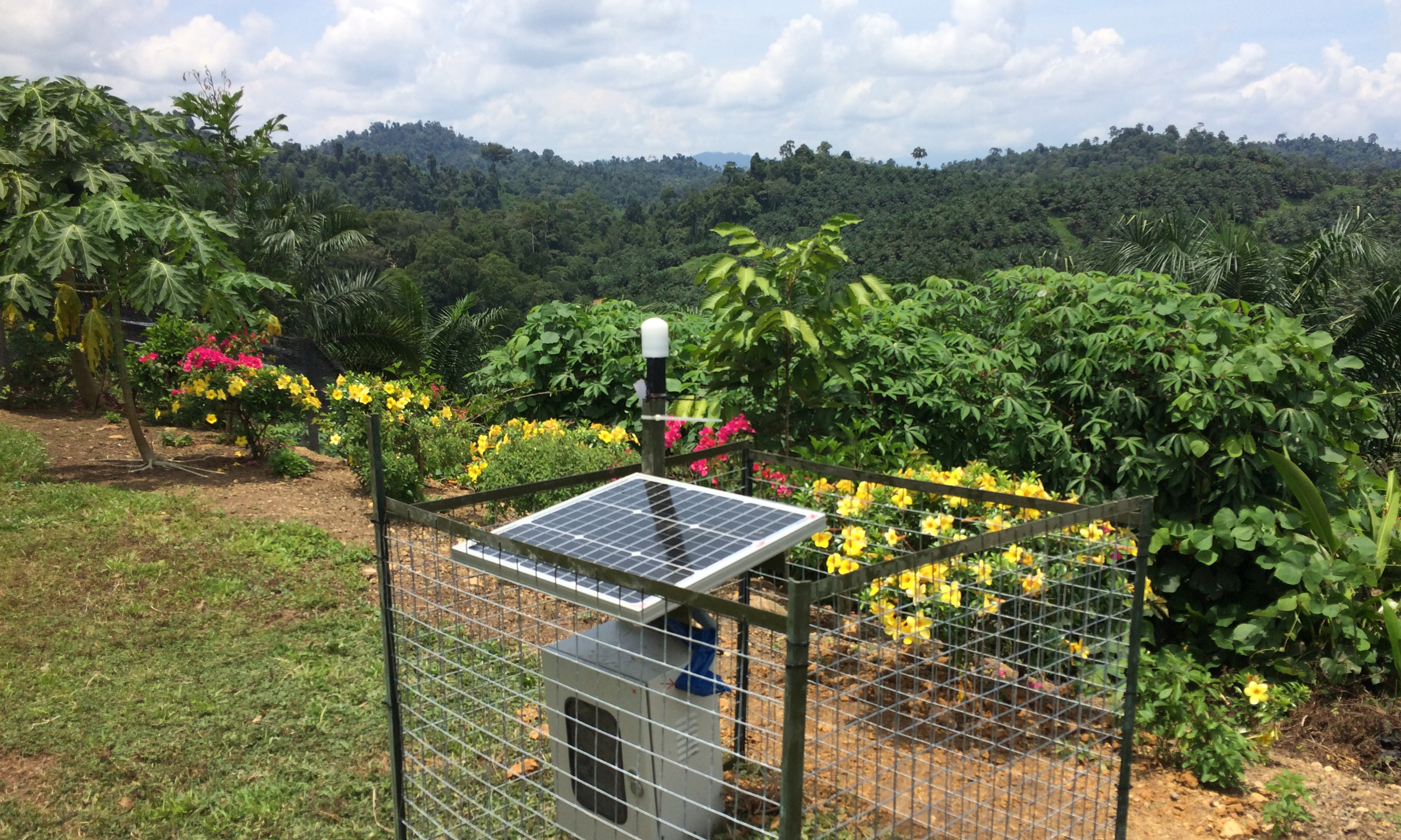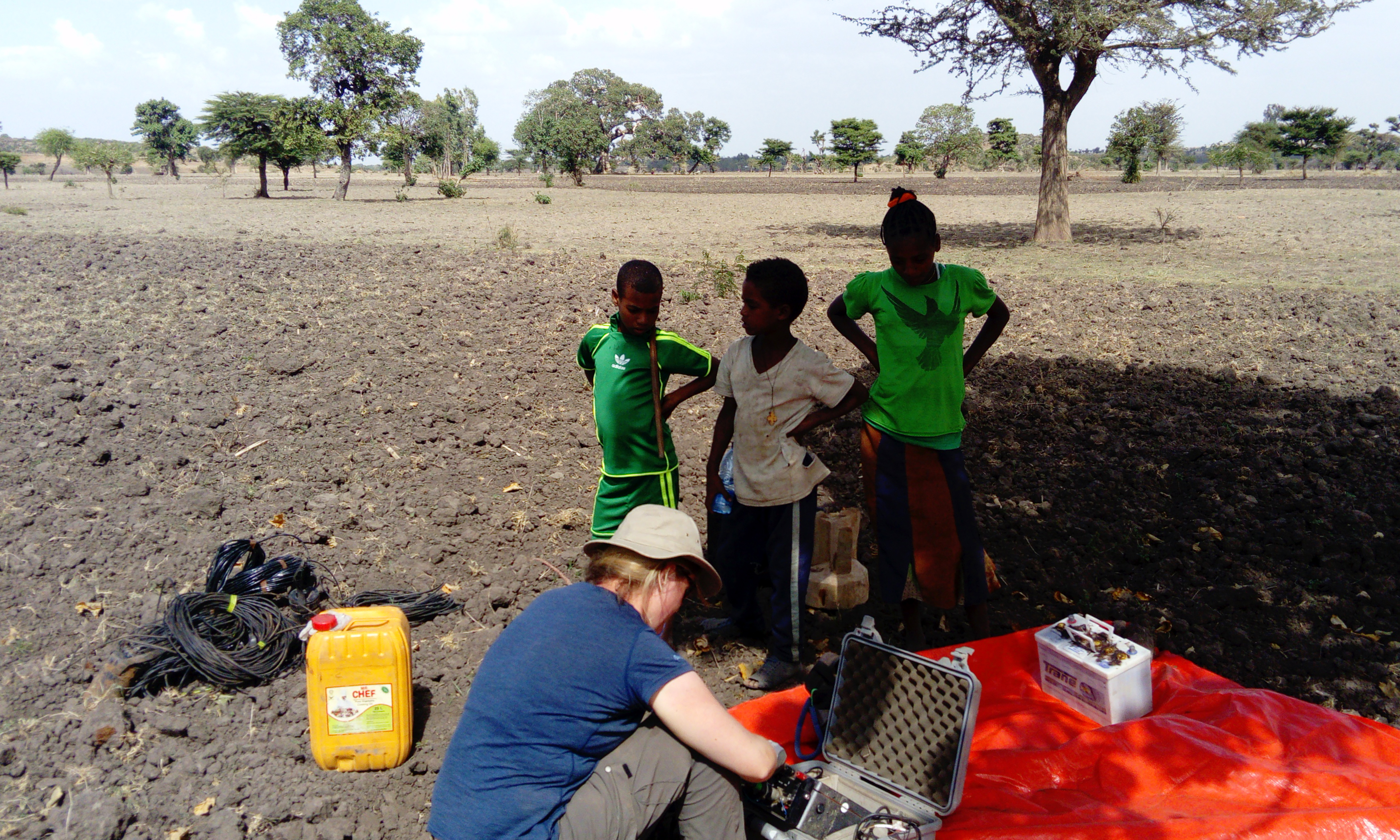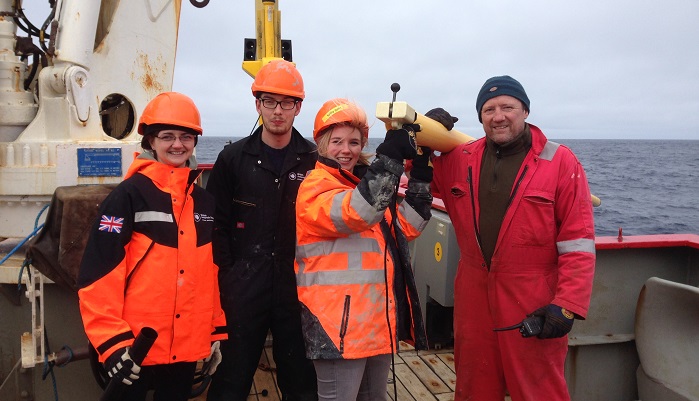21 May 2018 marked two hundred years since Adam Sedgwick (1785-1873) became the Woodwardian Professor of Geology in Cambridge. Staff at the Sedgwick Museum have organised events and displays to celebrate this special anniversary. In this blog we look at the Archive – beginning with Sedgwick’s early journals.
Continue reading “Sedgwick’s paper time machines”
Deploying nBOSS: the North Borneo Orogeny Seismic Survey
Bye bye “Beast from the East”. We couldn’t have chosen a better time (and location!) for some fieldwork as we left behind an extreme cold snap that froze the UK and dumped fresh snow on Cambridge. In March a team of seismologists from the University of Cambridge and University of Aberdeen boarded a plane for Kota Kinabalu, the capital city of Sabah in North Borneo (Malaysia).
Continue reading “Deploying nBOSS: the North Borneo Orogeny Seismic Survey”
Investigating Ethiopian volcanism: RiftVolc fieldwork in East Africa
Last year I travelled out to Ethiopia for fieldwork twice, quite a feat considering it had taken two years of broken limbs and civil unrest causing setbacks. Avoiding the rains and unseasonably hot conditions of the summer (although I didn’t quite manage to avoid the heatstroke) I visited the Butajira volcanic field in April and Fantale volcano in November.
Continue reading “Investigating Ethiopian volcanism: RiftVolc fieldwork in East Africa”
NERC DTP fieldtrip to Newfoundland and Labrador: the industry perspective
Continue reading “NERC DTP fieldtrip to Newfoundland and Labrador: the industry perspective”
Crossing the Moho and exploring the crust in Cornwall
This year’s Cornwall leg of the SW of England field trip was bigger and sunnier than ever – tanned faces, record number of students, big smiles and lots of lovely igneous and metamorphic rocks. The trip starts in Falmouth to show the second year undergrads some world-class geological localities and then to Bude for impressive structures associated with the formation and closure of the Culm Basin. The challenge for our enthusiastic second years being how to align all this new geological information with the broader tectonics of the Variscan Orogeny and Devonian & Carboniferous geology.
Continue reading “Crossing the Moho and exploring the crust in Cornwall”
First years get a taste of being a ‘real geologist’ in Arran
The annual first year undergraduate field trip to the Isle of Arran, Scotland took place as usual at the end of March and beginning of April. This is always an exciting trip – first years get their first taste of what being a ‘real geologist’ is all about and the demonstrators get to revisit the truly spectacular wealth of geology the island has to offer.
Continue reading “First years get a taste of being a ‘real geologist’ in Arran”
Adventures in Antarctica
During February 2015, I was lucky enough to participate in a research cruise off the west coast of the Antarctic Peninsula. For five weeks our family of geologists, geophysicists, oceanographers and crew collected data, mainly seismic and cores, on the James Clark Ross research vessel.
Admiring the handiwork of active tectonics in Central Greece
On the 9th of December, the second group (party B) of 16 part-II students set off to sunny Central Greece. This area is one of the most tectonically active regions in the world and experiences regular large (4-6 on the Richter scale) earthquakes. This relatively fast movement, together with the large amount of karstic limestone in the area, allows for evidence of vertical uplift or subsidence (e.g. on the coasts) to be well preserved and provides students with an excellent opportunity to visualize active continental extension. The aim of the trip is for students to explore, observe and then interpret earthquake focal mechanisms, surface expressions of faults (fault scarps) and vertical coastal movements.
Continue reading “Admiring the handiwork of active tectonics in Central Greece”






